Top 10 Books About Archaeology & Anthropology
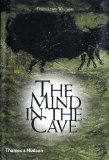 1. The Mind in the Cave by David Lewis-Williams 1. The Mind in the Cave by David Lewis-Williams
A persuasive account of the origins and purpose of the great cave-paintings of western Europe. Drawing evidence from neurology, anthropology and archaeology, Lewis-Williams proposes that the ancient shamans entered caves in order to interact with the spirit world. The walls of the caves were perceived as a kind of membrane between that world and their own, and the cave paintings were a means of `fixing’ images of the spirits. This is a compelling, beautifully written book, which reads like a thriller. |
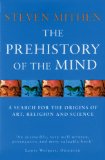 2. The Prehistory of the Mind: A Search for Origins of Art, Religion and Science by Steven Mithen 2. The Prehistory of the Mind: A Search for Origins of Art, Religion and Science by Steven Mithen
The best book about the evolution of the human mind I’ve ever read. Its central theory is that human beings’ great leap forward came when the mental barries between different kinds of intelligence – for example concerning the natural world, social interaction and the making of artefacts – broke down, allowing the brain to form hitherto unheard-of associations. This led to the development of religion, art, and, among other things, humour. Elegantly argued, it has stayed with me ever since I first read it. |
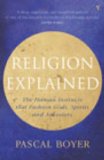 3. Religion Explained by Pascal Boyer 3. Religion Explained by Pascal Boyer
A fascinating, plausible theory for the origins of religion. The central argument is that the creation of religious concepts involved the use of mental systems which had already developed as a result of evolution. In other words, we’re not moral because we’re religious, but rather, we’re religious because we’re moral – morality having evolved for good Darwinian reasons. A stimulating read with many well-documented examples from a host of different cultures, particularly African ones. |
| 4. Nunamiut Eskimos by Nicholas Gubser
A readable, highly detailed account of the beliefs and way of life a traditional people. Particularly good on the classic means by which traditional hunters square the circle of having to kill their “brothers” (in this case, caribou) – by honouring the spirit of the prey and promising the guiding spirit to treat the carcass with respect. While at the same time eating it. |
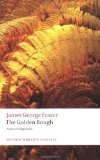 5. The Golden Bough by James George Frazer 5. The Golden Bough by James George Frazer
It may have been written over eighty years ago, but it’s still a riveting theory of the origins of myth, magic and religion. Cogently argued in lucid, dispassionate prose, it’s supported by a host of examples from all over the world. From the Ainu cult of the bear to Egyptian corn spirits; from the sacrificial god-kings of Ethiopia to the European worship of trees, it’s all here, in over seven hundred pages of dense but fascinating prose. And that’s just the abridged version. |
 6. Before Civilization by Colin Renfrew 6. Before Civilization by Colin Renfrew
A marvellous reappraisal of European prehistory in light of changes in radiocarbon dating, this is clear, thought-provoking, and also casts a fascinating light on how scientific theories develop, are defended, and overthrown. |
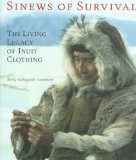 7. Sinews of Survival by Betty Kobayashi Issenman 7. Sinews of Survival by Betty Kobayashi Issenman
A hugely detailed examination of Inuit traditional skin clothing from prehistory to the present. No other book I know conveys so well the in-depth knowledge which traditional hunter-gatherers have about their environment, and the extent to which they learn from the animals they hunt. |
 8. After the Ice by Steven Mithen 8. After the Ice by Steven Mithen
A global human history from 20,000-5,000 BC, this is evocative, erudite storytelling at its best, drawing on genetics, archaeology, anthropology and the writer’s imagination to take the reader back in time. It’s rare for an archaeologist to write like a novelist, but when he can, as Mithen can, it gives the lay reader a marvellous opportunity to go back in time, far surpassing the `dramatic reconstructions’ which marr so many television documentaries. |
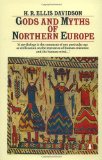 9. Gods and Myths of Northern Europe by H R Ellis Davidson 9. Gods and Myths of Northern Europe by H R Ellis DavidsonMy favourite account of Norse mythology. This pulls together history, folklore, literature and anthropology in its discussion of each deity of the Norse pantheon: where they came from, how they developed, and where they ended up once Christianity had taken hold. The section on Odin as a shaman is particularly fascinating. |
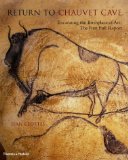 10. Return to Chauvet Cave by Jean Clottes 10. Return to Chauvet Cave by Jean ClottesA big, beautifully illustrated book which does ample justice to the Chauvet cave, and includes a detailed account of the artistic techniques used in the making of these 35,000 year-old paintings and engravings, their themes, and possible significance. The photography is outstanding. |
